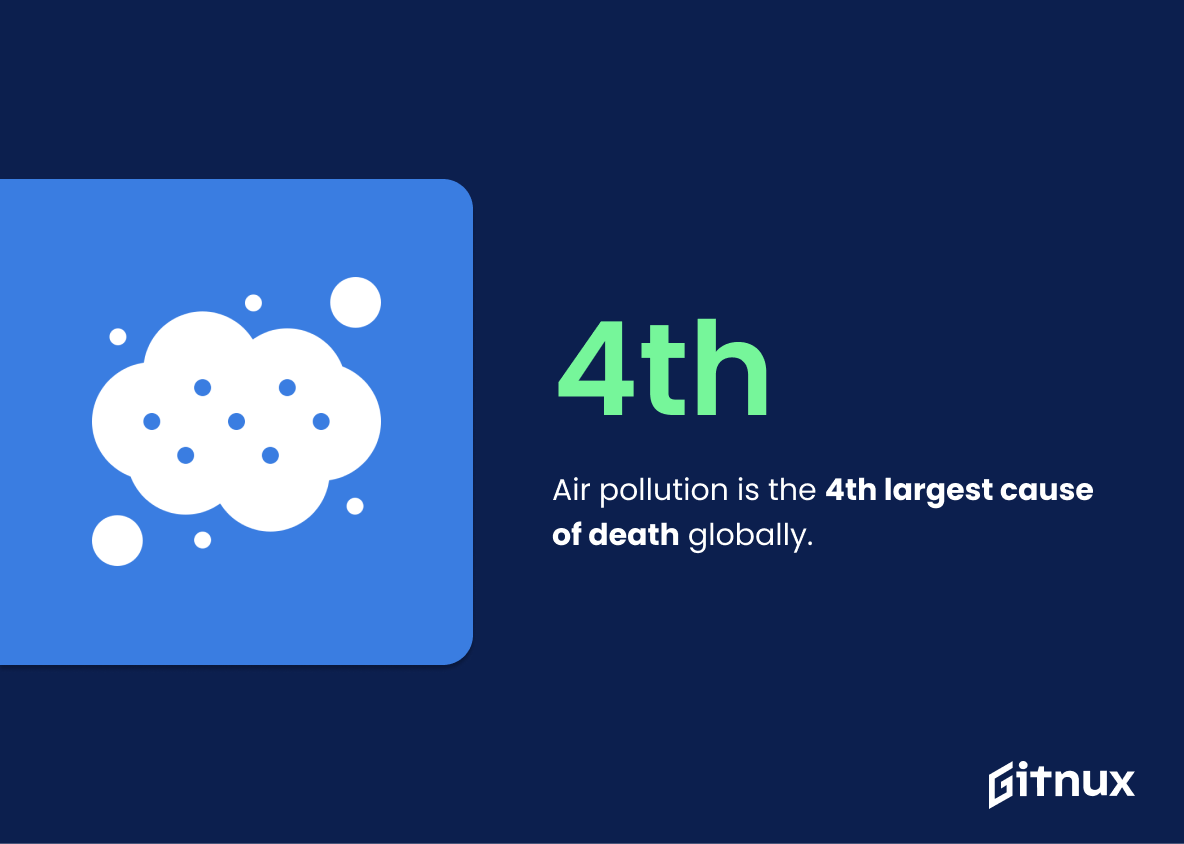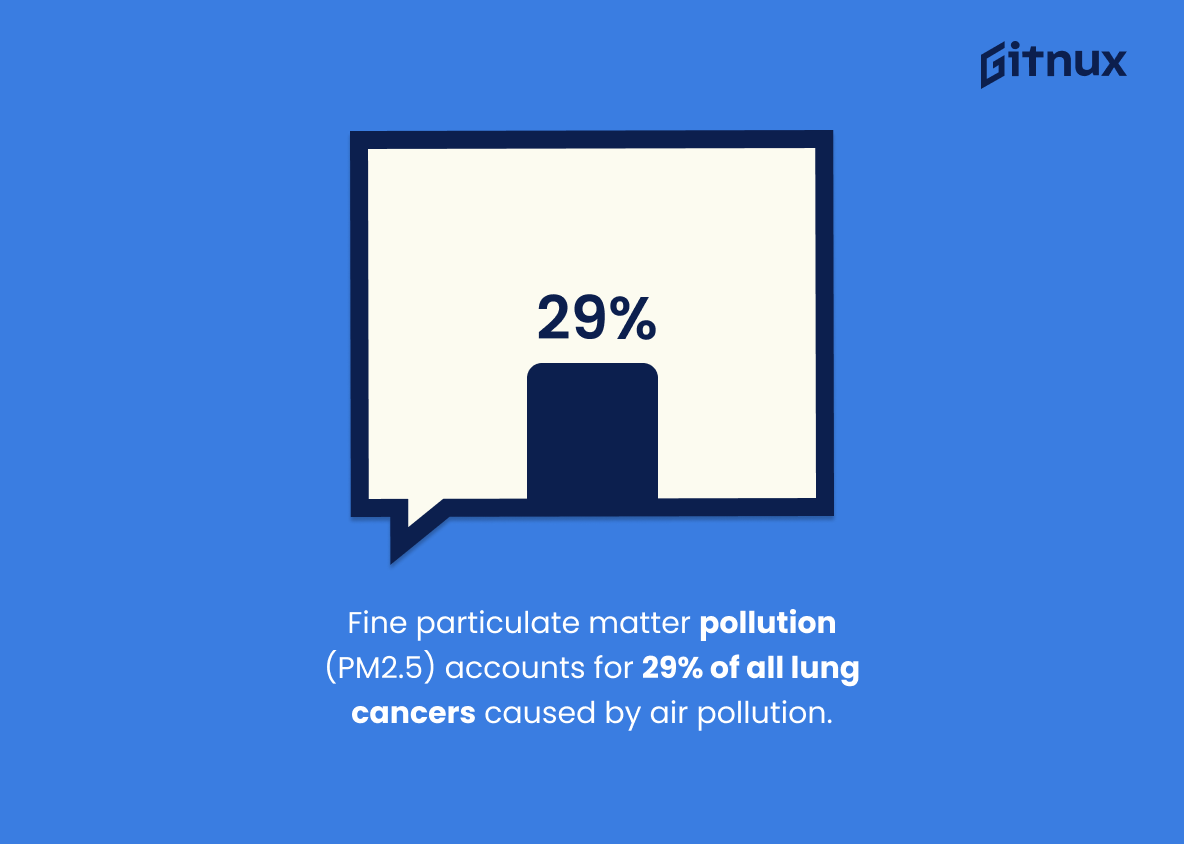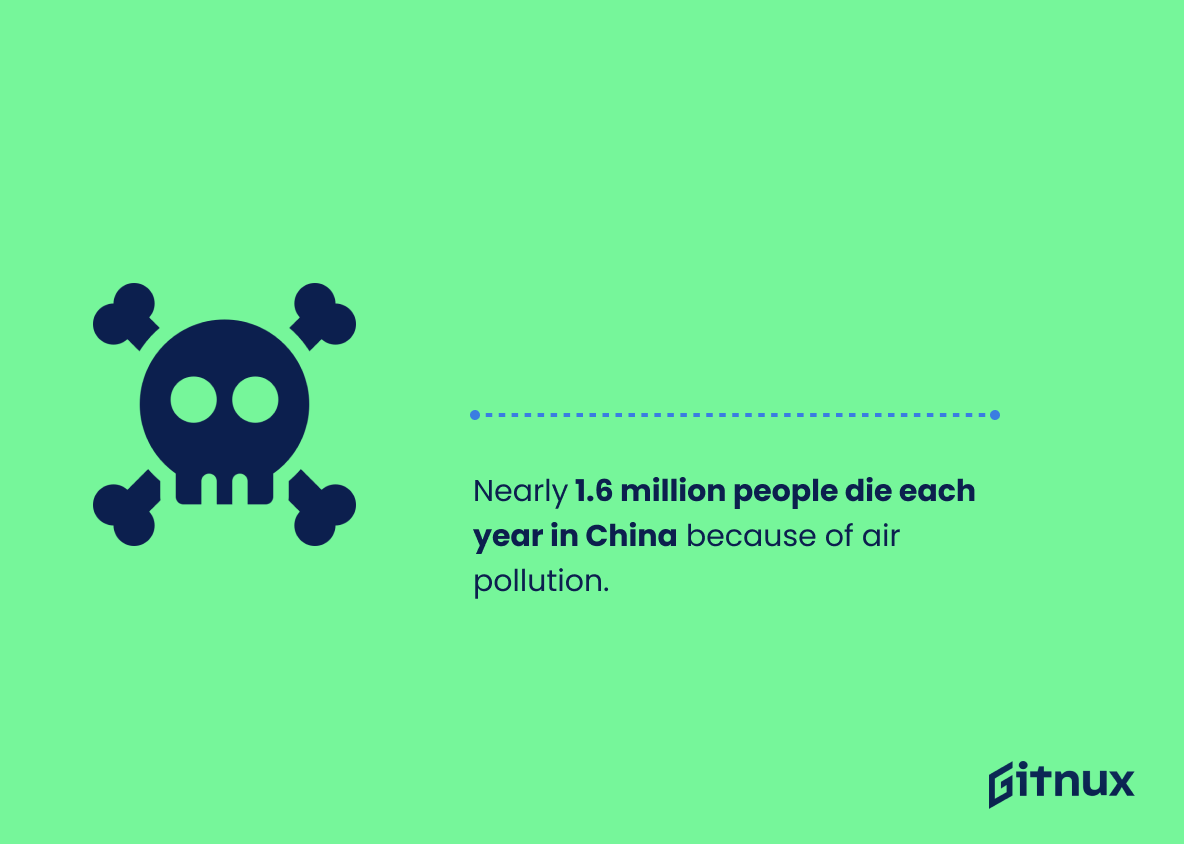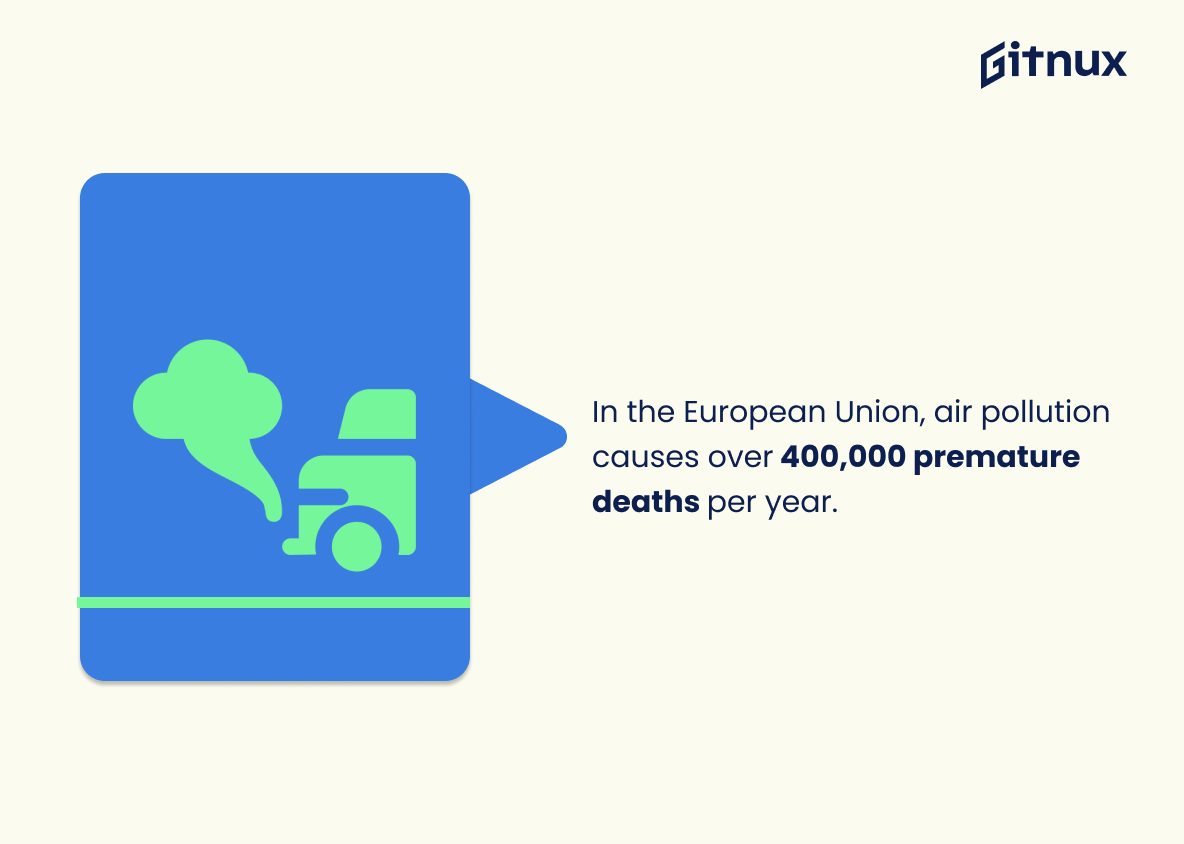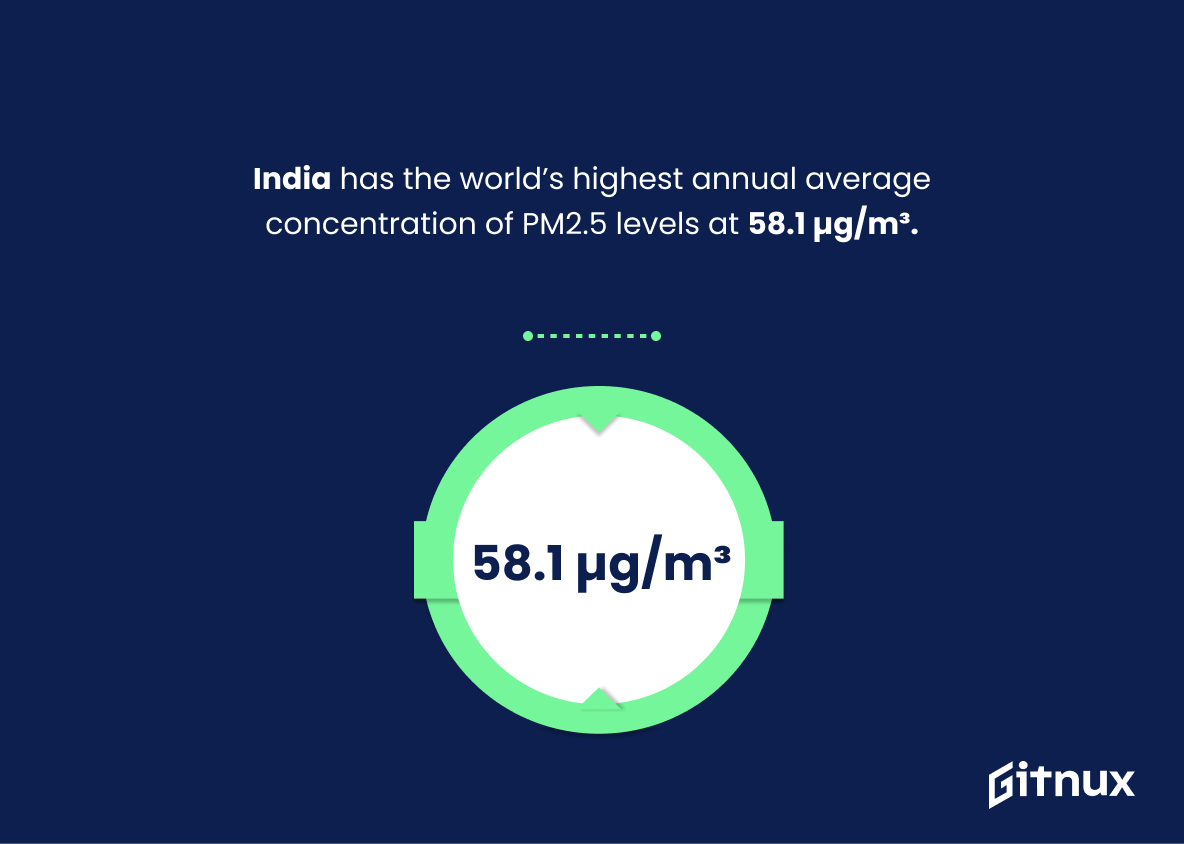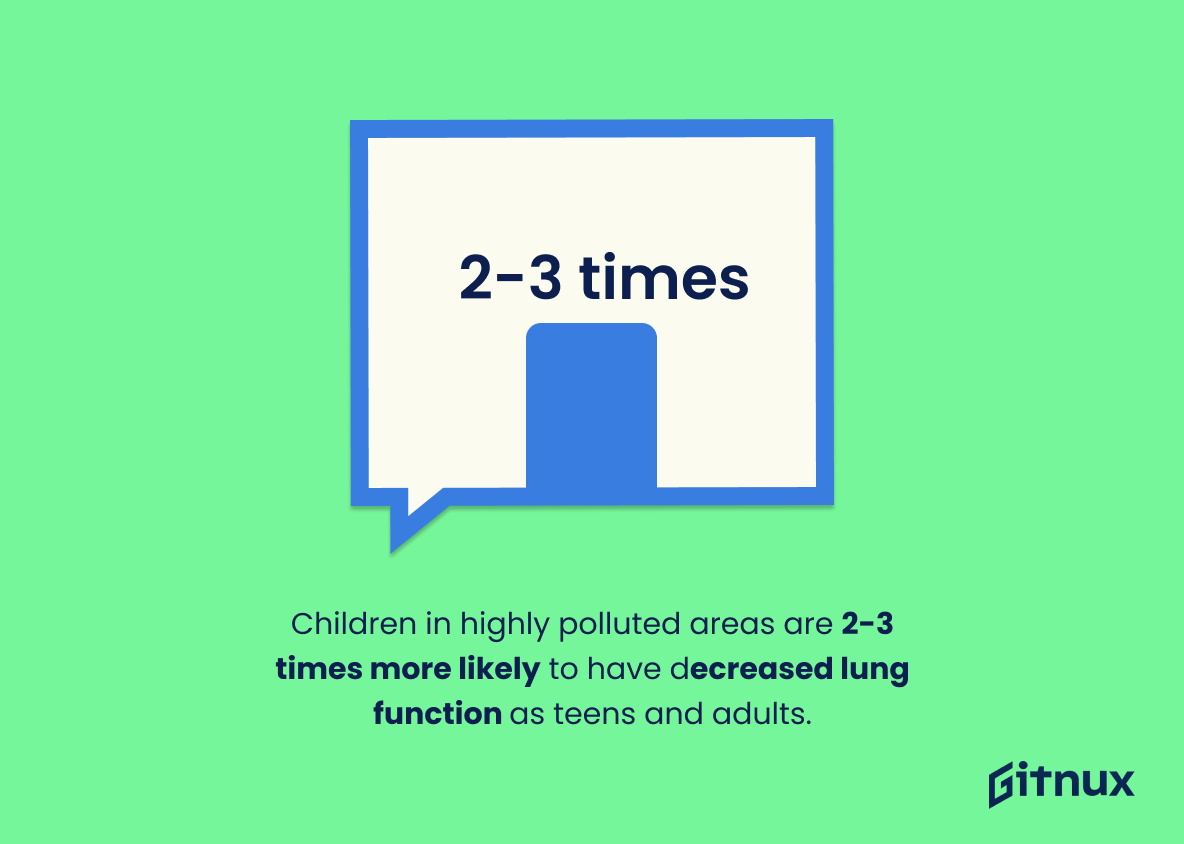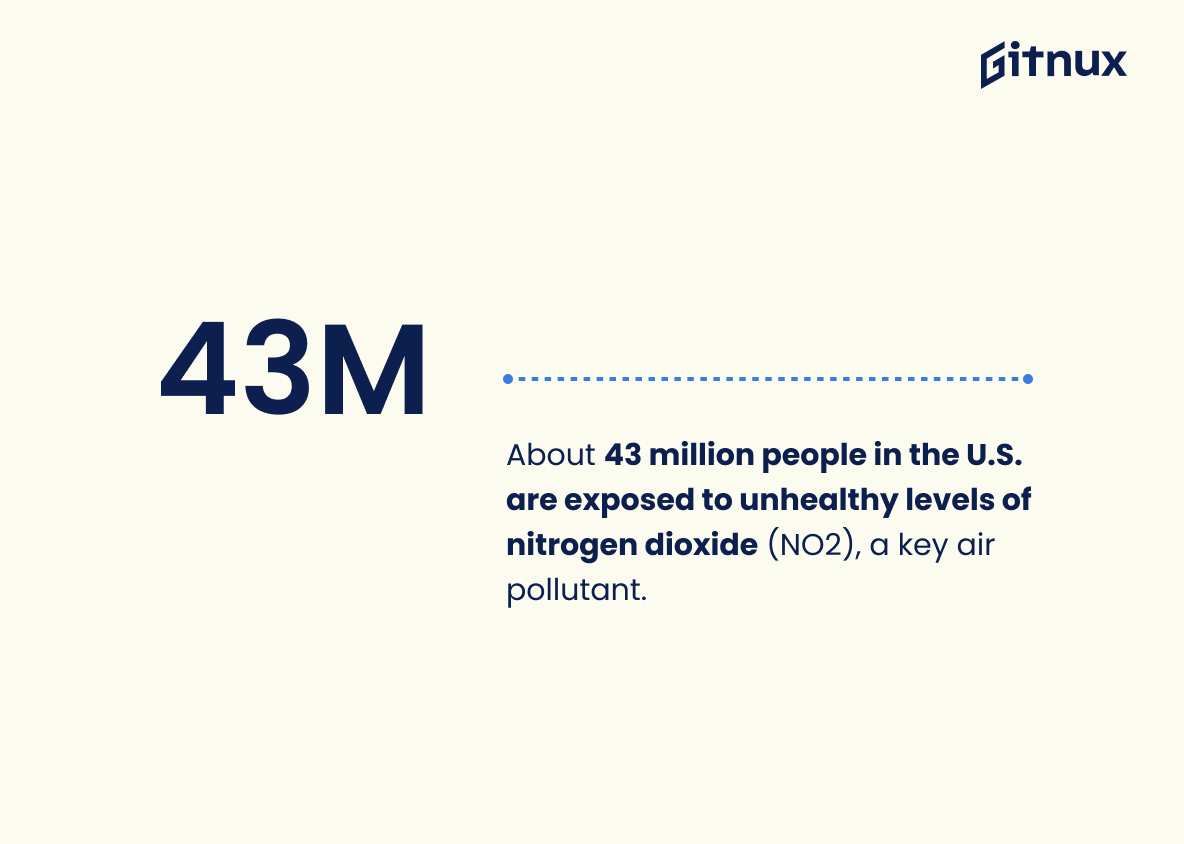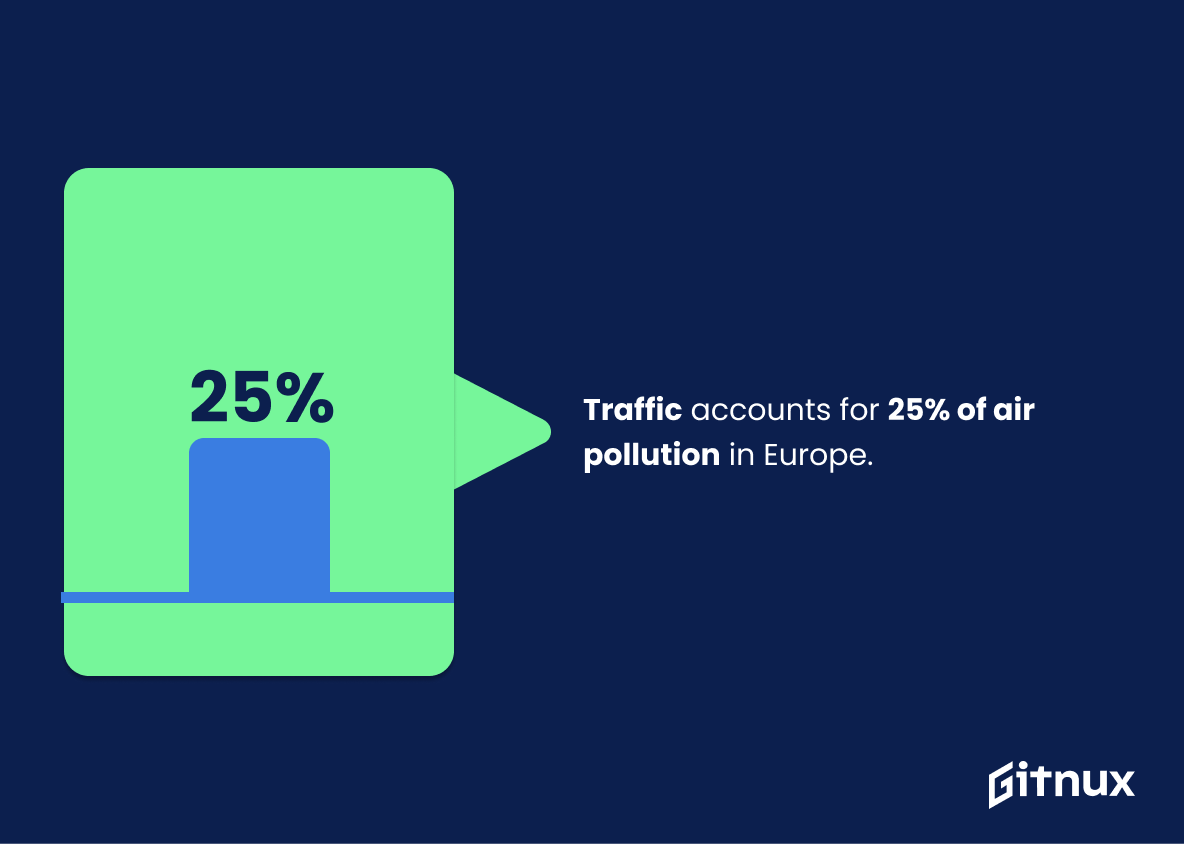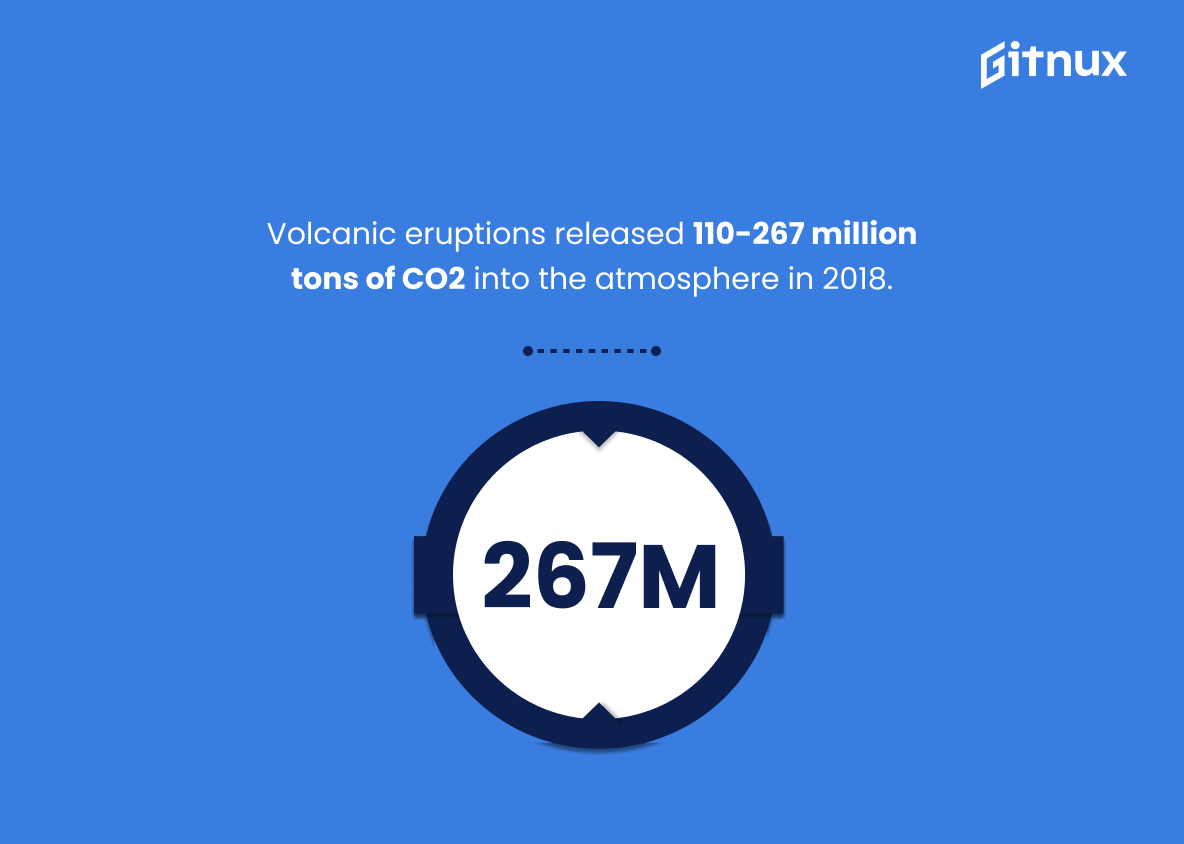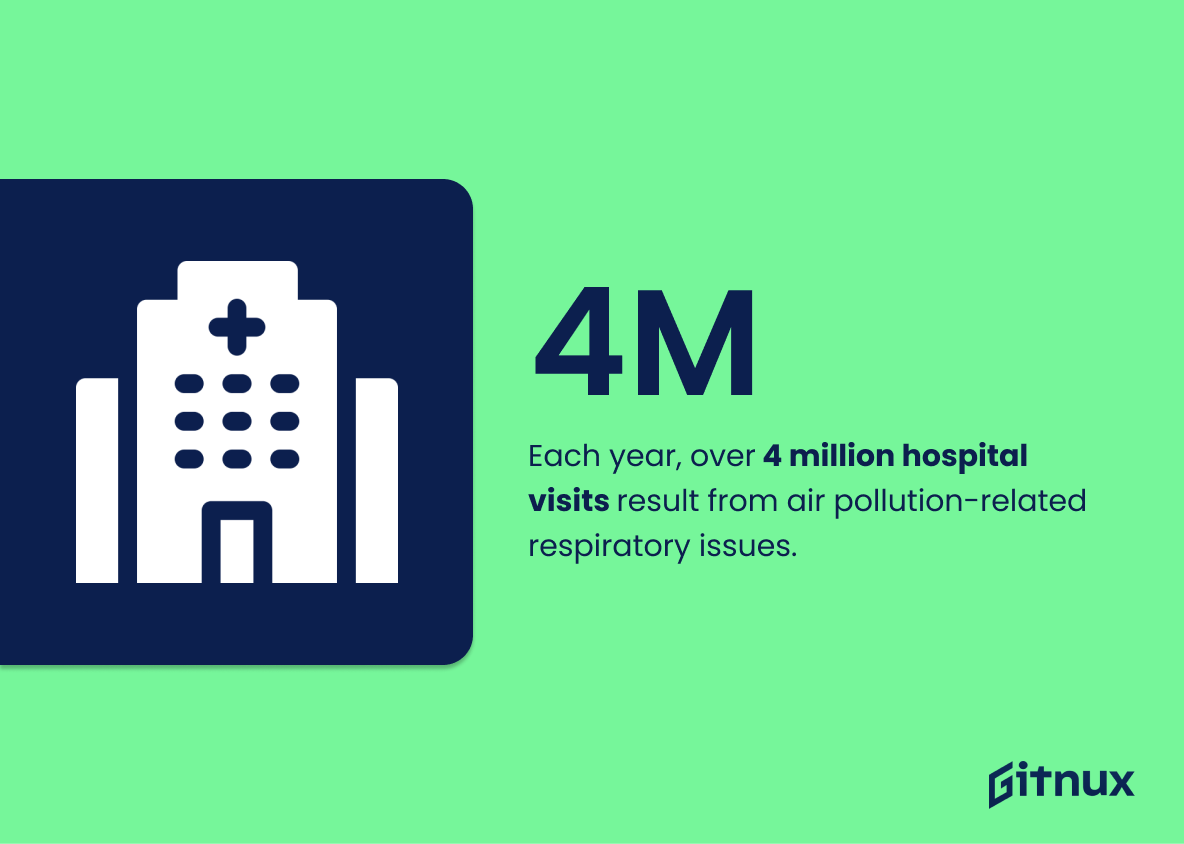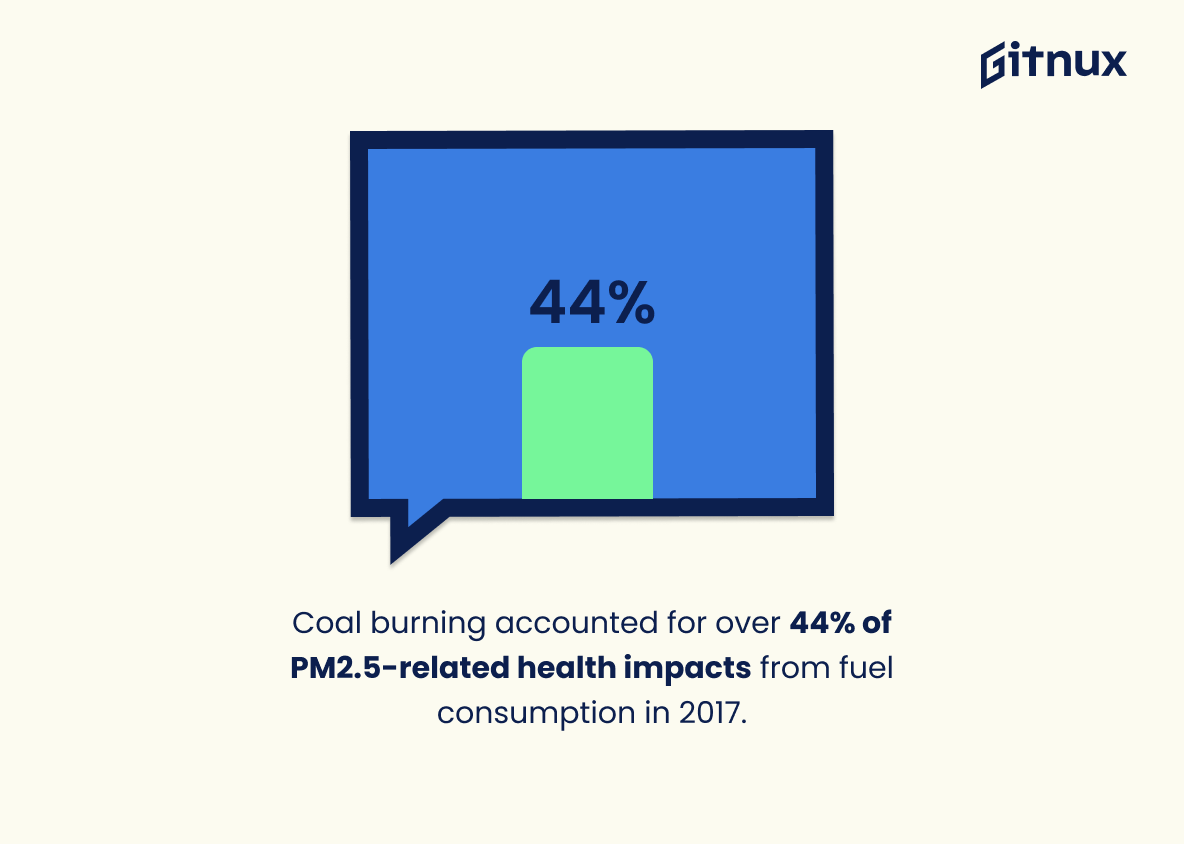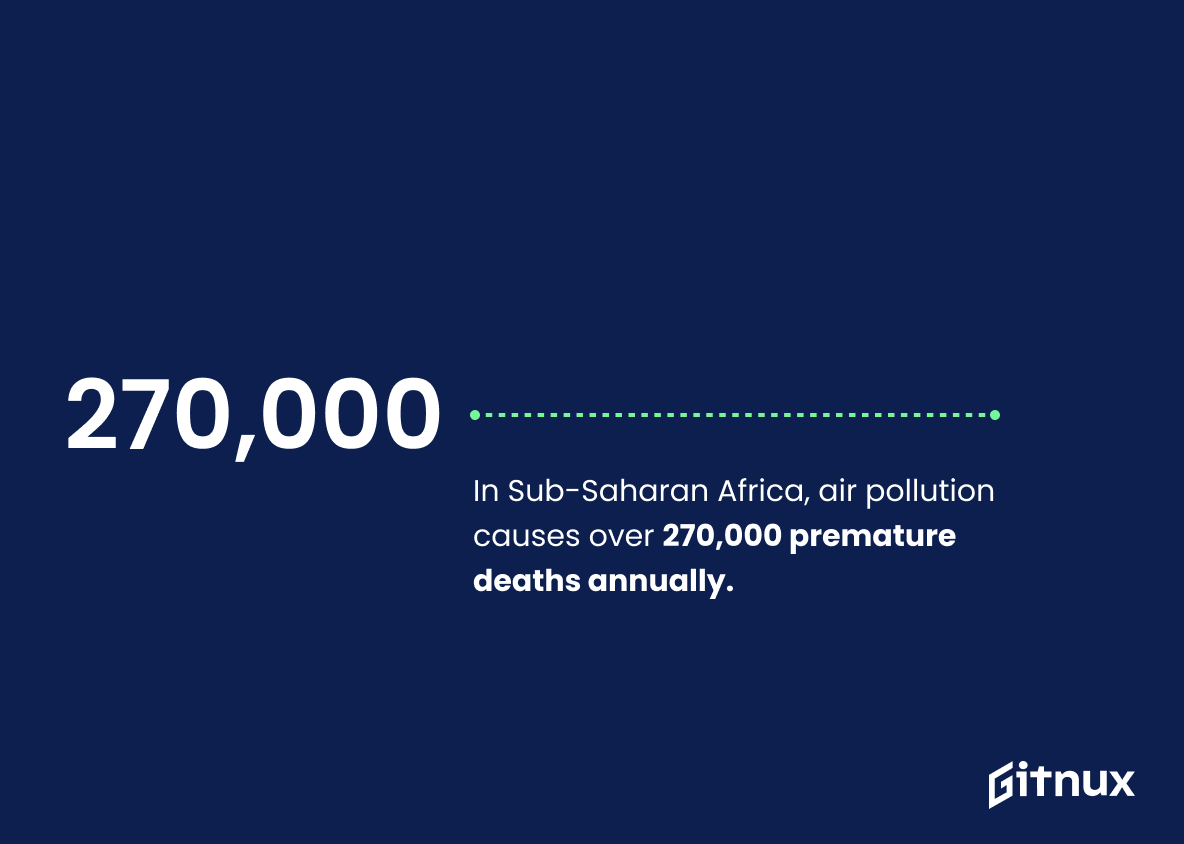Air pollution is a global issue that affects the health and wellbeing of people all over the world. The statistics on air pollution are alarming, with 92% of the world’s population living in places where air pollution exceeds safe limits, 6.7 million premature deaths annually due to air pollution, and 91% of global populations exposed to unsafe levels of air pollutants in 2016 alone. Air Pollution has been identified as one of the leading causes for death globally – it is responsible for 4th largest cause of death worldwide and accounts for 29% lung cancer cases caused by polluted environment. In addition, fine particulate matter (PM2.5) contributes significantly towards poor quality outdoor air which leads to an estimated 2 million diabetes cases each year across globe along with other respiratory issues such as decreased lung function among children who live in highly polluted areas or countries like India having highest annual average concentration level at 58 µg/m³ .
The economic costs associated with this environmental hazard are also staggering – from $185 billion spent annually on healthcare costs & lost economic value within US only; 400K+ premature deaths per year reported within European Union; 270K+ lives claimed every year due to high PM2.5 concentrations in Sub-Saharan Africa ; 1M+ hospitalizations & emergency room visits linked directly to respiratory conditions related to bad quality outdoor atmosphere etc., making it clear why urgent action needs be taken against this silent killer before its too late.
Air Pollution Statistics Overview
Air pollution is the 4th largest cause of death globally.
This statistic is a stark reminder of the devastating effects of air pollution on human life. It serves as a powerful reminder that air pollution is a major public health issue that needs to be addressed urgently. It highlights the urgent need for governments and individuals to take action to reduce air pollution and protect the health of people around the world.
Fine particulate matter pollution (PM2.5) accounts for 29% of all lung cancers caused by air pollution.
This statistic is a stark reminder of the devastating effects of air pollution on our health. It highlights the fact that PM2.5 is a major contributor to lung cancer, and that we must take action to reduce air pollution in order to protect our health.
Nearly 1.6 million people die each year in China because of air pollution.
This statistic is a stark reminder of the devastating effects of air pollution in China. It serves as a powerful illustration of the urgent need to address this issue and take action to reduce air pollution in the country. It is a call to action for everyone to do their part in protecting the environment and ensuring a healthier future for all.
In the European Union, air pollution causes over 400,000 premature deaths per year.
This statistic is a stark reminder of the devastating impact air pollution has on human life. It serves as a powerful reminder of the urgent need to take action to reduce air pollution and protect the health of people in the European Union.
India has the world’s highest annual average concentration of PM2.5 levels at 58.1 µg/m³.
This statistic is a stark reminder of the severity of air pollution in India. It highlights the urgent need for action to be taken to reduce the levels of PM2.5 in the air, as these particles can cause serious health problems. It is a call to action for the government and citizens of India to take steps to reduce air pollution and protect the health of its citizens.
Air pollution may contribute to 2.2 million diabetes cases globally each year.
This statistic is a stark reminder of the devastating effects of air pollution on our health. It highlights the fact that air pollution is not only a threat to our environment, but also to our health, with 2.2 million cases of diabetes being attributed to it each year. This statistic serves as a call to action to reduce air pollution and protect our health.
Children in highly polluted areas are 2-3 times more likely to have decreased lung function as teens and adults.
This statistic is a stark reminder of the long-term effects of air pollution on our children. It highlights the importance of taking action to reduce air pollution in order to protect the health of our children and future generations. It is a call to action to ensure that our children are not exposed to the dangerous levels of air pollution that can lead to decreased lung function.
About 43 million people in the U.S. are exposed to unhealthy levels of nitrogen dioxide (NO2), a key air pollutant.
This statistic is a stark reminder of the prevalence of air pollution in the United States. It highlights the fact that millions of people are exposed to unhealthy levels of nitrogen dioxide, a pollutant that can have serious health implications. This statistic serves as a call to action to reduce air pollution and protect the health of those living in the US.
Traffic accounts for 25% of air pollution in Europe.
This statistic is a stark reminder of the impact that traffic has on air pollution in Europe. It highlights the need for more sustainable transportation solutions to reduce the amount of air pollution in the region. It also serves as a call to action for individuals to consider their own transportation choices and how they can reduce their own contribution to air pollution.
Volcanic eruptions released 110-267 million tons of CO2 into the atmosphere in 2018.
This statistic is a stark reminder of the immense amount of carbon dioxide that is being released into the atmosphere due to volcanic eruptions. It serves as a reminder of the need to take action to reduce air pollution and its effects on the environment. It also highlights the importance of monitoring volcanic activity and understanding the potential impacts of volcanic eruptions on air quality.
Each year there are more than 4 million hospitalizations and emergency room visits due to respiratory conditions linked to air pollution.
This statistic serves as a stark reminder of the devastating effects of air pollution on our health. It highlights the urgent need to take action to reduce air pollution and protect our respiratory health. It is a call to action to prioritize the health of our communities and to take steps to reduce air pollution.
Coal burning accounted for over 44% of PM2.5-related health impacts from fuel consumption in 2017.
This statistic is a stark reminder of the devastating effects of coal burning on air quality and public health. It highlights the urgent need to reduce our reliance on coal as a fuel source and to invest in cleaner, more sustainable energy sources. It also serves as a warning that air pollution is a serious health hazard and that we must take action to reduce its impact on our environment and our health.
In Sub-Saharan Africa, air pollution causes over 270,000 premature deaths annually.
This statistic is a stark reminder of the devastating effects of air pollution in Sub-Saharan Africa. It highlights the urgent need for action to be taken to reduce air pollution in the region and protect the lives of those living there. It is a call to action to ensure that the air we breathe is safe and healthy.
Conclusion
The statistics presented in this blog post demonstrate the devastating effects of air pollution on global health and well-being. Air pollution is responsible for 6.7 million premature deaths annually, making it the 4th largest cause of death globally. It also contributes to 2.2 million diabetes cases each year and causes over 400,000 premature deaths per year in Europe alone. In addition, children are particularly vulnerable to its impacts as they are two to three times more likely than adults or teens to have decreased lung function due to exposure levels that exceed safe limits worldwide – 92% of people live in places where air pollution exceeds WHO guidelines set out by the World Health Organization (WHO).
These figures highlight how urgent action needs to be taken against air pollution if we want a healthier future for ourselves and our planet; from reducing traffic emissions which account for 25% of all European air pollutants, phasing out coal burning which accounts for 44% PM2.5 related health impacts from fuel consumption or implementing policy changes needed prevent lung cancer caused by fine particulate matter (PM2.5) at 29%. The potential benefits could include an increase life expectancy up 2 years if WHO guidelines were met globally as well as savings on healthcare costs associated with respiratory conditions linked with poor quality outdoor air estimated at $185 billion dollars annually just within US borders alone.
References
0. – https://www.stateofglobalair.org
1. – https://www.who.int
2. – https://www.ourworldindata.org
3. – https://www.berkeleyearth.org
4. – https://www.eea.europa.eu
5. – https://www.cdc.gov
6. – https://www.pubs.usgs.gov
7. – https://www.e360.yale.edu
8. – https://www.nature.com
9. – https://www.worldbank.org
10. – https://www.iqair.com
11. – https://www.thelancet.com
12. – https://www.news.mit.edu
13. – https://www.iarc.who.int
